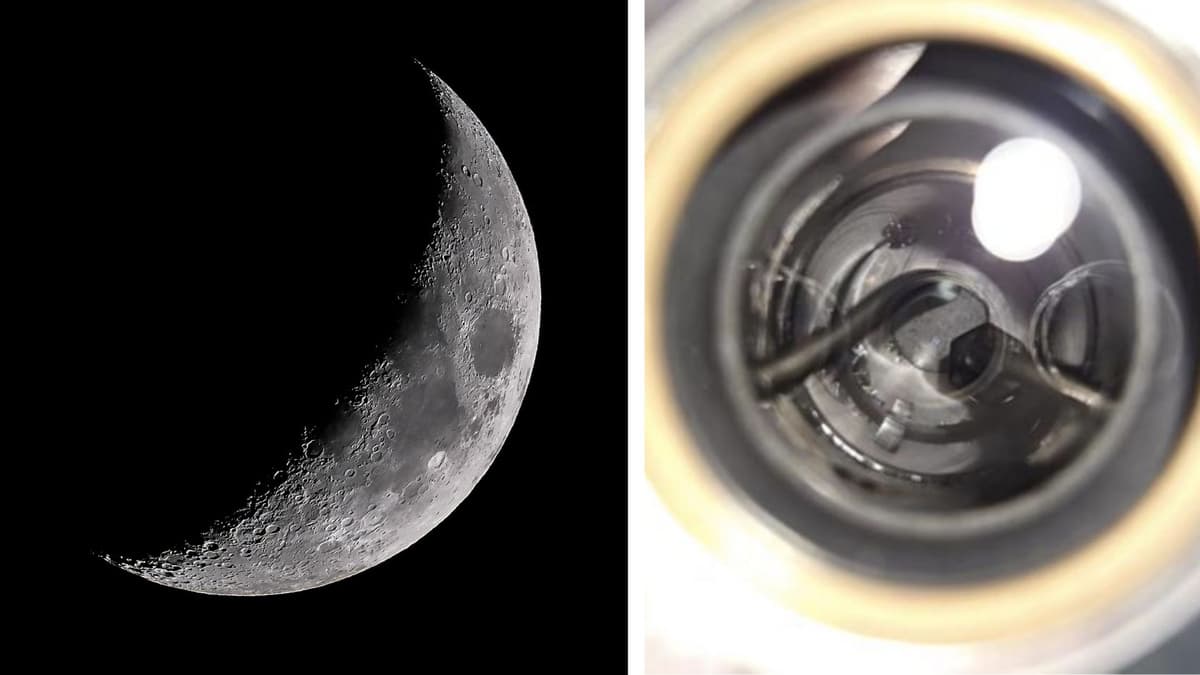Thirteen years into its mission, NASA’s Curiosity rover is proving that age doesn’t have to mean decline—it can mean evolution. This nuclear-powered veteran of the Martian surface just got a mental makeover, gaining the ability to multitask, manage its own naps, and stretch every watt of power like never before.
The rover’s new capabilities aren’t just engineering flexes—they’re survival tactics. Curiosity relies on a multi-mission radioisotope thermoelectric generator (MMRTG) powered by slowly decaying plutonium. As the years tick by, the available energy shrinks, making efficiency the currency of survival. The upgrades let Curiosity relay data to orbiters while still driving, maneuvering its robotic arm, or snapping pictures—compressing days of work into hours, and keeping heaters and instruments active for less time.
Continue reading… “Curiosity 2.0: How NASA’s 13-Year-Old Mars Rover Just Got a Brain Boost”












